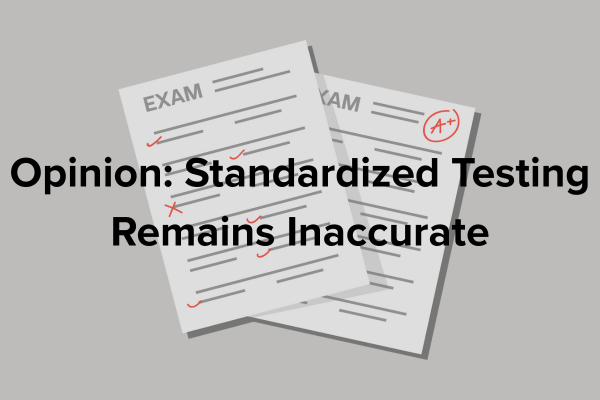The invention of the social networking website Facebook has no doubt been one of the greatest innovations of the past decade. Its formation created a user-friendly system which allowed social information to be shared quickly and on a larger scale than ever before. However, every time a user presses the “post” button, whether on Facebook or another site such as Twitter, some hidden implications accompany sharing information with social media.
Facebook’s privacy policy has changed notably since its founding in 2004. In 2005 the policy stated “No personal information that you submit to Thefacebook (Facebook was originally spelt out as “Thefacebook”.) will be available to any user of the web site who does not belong to at least one of the groups specified by you in your privacy settings.” This policy basically said information of users could only be accessed by other people in groups specified by the user. This policy allowed a considerable amount of privacy control in terms of the flow of personal information. A considerable difference can be seen when you compare this policy to the web site’s privacy policy in 2010.
In 2010, Facebook’s privacy policy reads along the lines of “When you connect with an application or website it will have access to general information about you. The term general information includes you and your friends’ names, profile pictures, gender, user IDs, connections and any content shared using the Everyone privacy setting. The default privacy setting for certain types of information you post on Facebook is set to “everyone.” According to Carnegie Mellon University (CMU), only 48 percent of people know and utilize their ability to change their privacy settings. This means any personal information a person has on their Facebook can be accessed by any number of groups or people unless their privacy settings are manually changed to prevent its access.
In the same paper, CMU found 80 percent of people have accepted friend requests from people they aren’t close with. On Facebook, 54 percent of people have accepted friend requests with people they wouldn’t consider to be friends and 44 percent have accepted friend requests with people they aren’t friends with. All of these people now have access to a user’s information beyond what “everyone” can see. Even if someone utilizes the privacy options available to them and they don’t specify who should see their information, then people who they don’t even know have access to all of it. The New York Times has placed the number of links between Facebook accounts of strangers in the U.S. at an average of 4.37 links. Meaning the distance between a random stranger and all of a Facebook user’s information consists of four mouse clicks. Being mindful of this information, people on social media need to be more aware of where their information can go if they are not careful.
With this knowledge, Facebook users need to be responsible. If they aren’t careful with their information, then it will be the whole world’s information. By utilizing the privacy settings available to themselves, social network users can protect themselves and others from anyone who might misuse this information. While it may seem like a hassle in the short term to edit privacy information, in the long run it may be more of a worthwhile investment than one realizes.






















Parker • Mar 20, 2012 at 4:46 pm
Its just insane, the ammount of people that have no clue who can see everything that they post. Pictures of thenselves inebriated, or high, or otherwise embarassing pictures that in reality noone should see are public. Its nuts.
Jamie • Mar 5, 2012 at 10:12 am
this was a good story, well written. You should also do an article on Twitter, since a lot of people are switching over